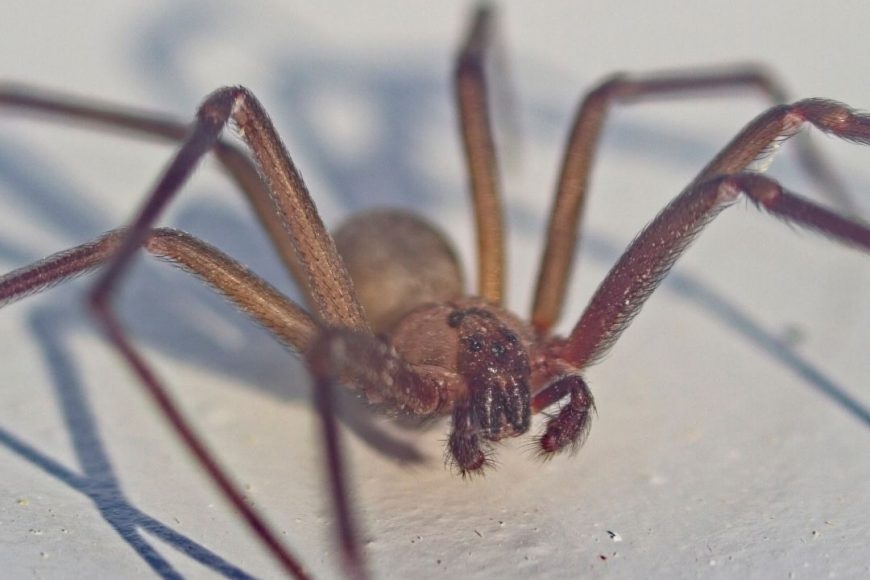
Spiders are fascinating creatures, but when they decide to invade our homes, they can become unwelcome guests. Understanding which spiders are most likely to enter your home and how to manage them can help keep your living space serene and spider-free.
Common House-Invading Spiders
1. House Spider (Parasteatoda tepidariorum)
The house spider is one of the most common spiders found indoors. Known for their messy webs, these spiders typically inhabit corners and undisturbed areas like basements and attics.
- Appearance: Small, with a body length of about 1/4 inch, brownish or grayish with distinctive markings.
- Behavior: Non-aggressive and shy, they prefer to stay hidden and avoid human interaction.
2. Cellar Spider (Pholcus phalangioides)
Often referred to as daddy longlegs, cellar spiders are frequently found in dark, damp environments such as basements and cellars.
- Appearance: Long, thin legs and a small body, usually light brown or gray.
- Behavior: They build loose, irregular webs and can shake their webs vigorously when disturbed.
3. Wolf Spider (Lycosidae family)
Wolf spiders are ground dwellers and can sometimes find their way indoors, especially during colder months.
- Appearance: Stout-bodied, hairy, and often brown or gray with contrasting markings.
- Behavior: Unlike web-builders, wolf spiders are hunters and roam freely in search of prey. They can be fast and intimidating but are generally not aggressive towards humans.
4. Brown Recluse (Loxosceles reclusa)
The brown recluse is infamous for its venomous bite and tends to hide in undisturbed areas such as closets, attics, and behind furniture.
- Appearance: Light to dark brown with a characteristic violin-shaped marking on its back.
- Behavior: These spiders are reclusive and typically bite only when threatened or pressed against the skin.
5. Black Widow (Latrodectus species)
Black widows are known for their potent venom and distinctive appearance.
- Appearance: Shiny black with a red hourglass marking on the underside of the abdomen.
- Behavior: They prefer dark, sheltered areas such as garages, sheds, and under furniture. While their bite is dangerous, they are not aggressive and bite only in self-defense.
Preventing Spiders from Entering Your Home
- Seal Entry Points:
- Inspect and seal cracks, gaps, and openings around windows, doors, and foundations.
- Use caulk or weather stripping to close gaps.
- Reduce Clutter:
- Keep storage areas organized and free of clutter where spiders can hide.
- Use plastic bins with tight-fitting lids instead of cardboard boxes.
- Regular Cleaning:
- Vacuum regularly to remove spiders, webs, and egg sacs.
- Clean behind and under furniture, and in corners where spiders tend to build webs.
- Control Insects:
- Spiders feed on insects, so reducing the insect population in your home will naturally reduce the spider population.
- Use insecticides or natural repellents to control insects.
- Outdoor Maintenance:
- Keep vegetation, wood piles, and debris away from the house to reduce the likelihood of spiders entering.
- Use outdoor lighting that does not attract insects, thereby minimizing spider prey.
Spiders may be unsettling, but with proper identification and prevention strategies, you can keep them from invading your home. Regular maintenance and cleanliness are key to creating an environment that is unwelcoming to these eight-legged intruders. If you need professional help, pest control services can provide comprehensive solutions tailored to your specific situation.
Stay vigilant, and your home can remain a spider-free sanctuary.
